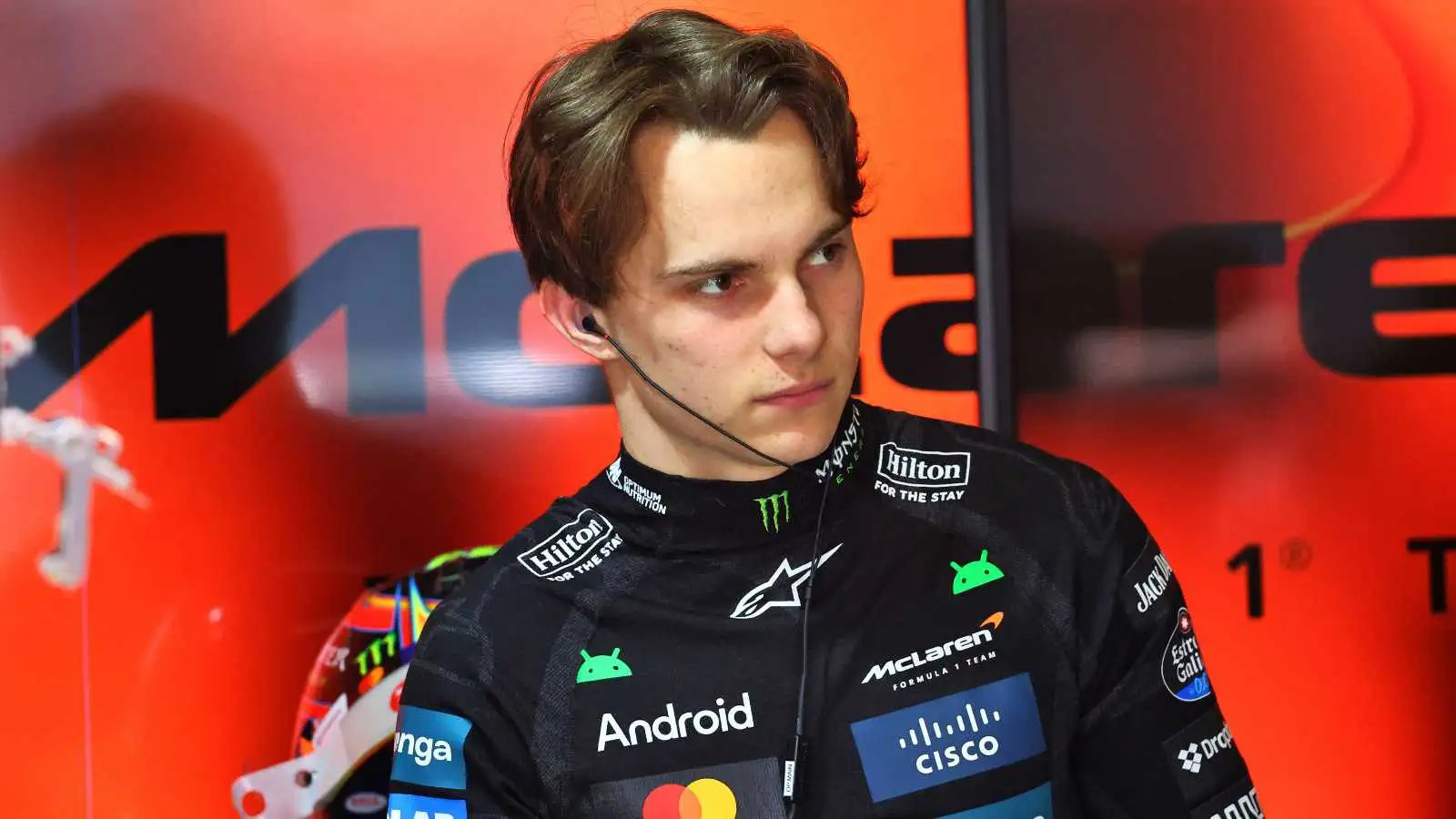
McLaren Drivers Address ‘Hold Position’ Controversy at Australian Grand Prix
The Australian Grand Prix saw a moment of confusion for McLaren drivers Lando Norris and Oscar Piastri. Race engineers instructed both of them to ‘hold position,’ a command that seemed to contradict pre-season discussions of allowing the drivers to race freely. This directive raised eyebrows, particularly for Piastri. He believed he had a pace advantage over his teammate. However, post-race dialogues have seemingly resolved any potential tension within the team.
Open Communication Resolves Potential Conflict
Prior to the race in Melbourne, McLaren Racing CEO Zak Brown had publicly stated that the team wouldn’t be implementing team orders. He wanted to avoid establishing a clear driver hierarchy. Despite that, early in the race, Piastri, running in second place, was told to maintain his position behind Norris. While Piastri complied, he did voice his belief over the radio that he was ‘quicker’.
The instruction surprised many observers, and it’s clear the drivers themselves were also momentarily puzzled. Soon after, the drivers received confirmation that they were free to race each other again. However, Piastri had unfortunately made a small error by that point. This mistake increased the gap between his car and Norris’s.
After the checkered flag, Team Principal Andrea Stella provided clarification. The initial order, was always intended as a temporary measure. The two McLarens were quickly catching up to backmarkers. those would shortly be lapped. Furthermore, the looming threat of rain introduced a further layer of complexity. Stella also admitted that the team would, going forward. need to take a closer look at the way they communicate with their drivers.
Productive Discussions Lead to Understanding
As expected, the McLaren team orders became a major point of discussion leading up to the Chinese Grand Prix. During a media session, Piastri specifically addressed the ‘hold position’ message. ‘We’ve had some good discussions through the week, about the thing that we could have done better. and things we could have done differently,’ he shared. ‘I think I understand the circumstances. and of course, when you have two cars in the lead like that, it’s kind of natural to want to protect that.’
Piastri continued, ‘I think there’s been some very good discussions is about how we can. you can, if we need t implement them in the future, how we can do a better job of that. So, it’s has been an encouraging week, and I’m satisfied with the discussion we had.’
Clarity on the ‘Hold Position’ Directive
Following the race in Australia, Stella was questioned about whether his drivers were fully aware. that the ‘hold position’ command was conditional and would be lifted shortly after it was given . He affirmed, ‘The drivers were aware when we gave the team order to hold positions. And then they were aware when we told them to be free to race.’
It’s plausible. that the drivers, in the heat of the moment in the cockpit, might not have fully grasped the broader context of the message. Alternatively, they may not have realized it was always intended to be a temporary instruction. Whatever the precise reason for the initial confusion, Piastri’s comments suggest that the post-race debrief with McLaren has left him content with the explanations and solutions provided.
Moving Forward: Lessons Learned
The incident at the Australian Grand Prix highlights the complexities of team dynamics in Formula 1. While McLaren clearly aims to foster a competitive environment between its drivers, there are situations where team interests must take precedence. The key takeaway appears to be the importance of clear and timely communication. This must include full context, to avoid any misunderstandings during the crucial moments of a race. It should also consider. The success of Mclaren, and team discusion to keep ahead from other team. Piastri’s satisfaction with the subsequent discussions indicates that McLaren is actively addressing the issue, making it less likely to be repeated this season. The team’s commitment to open dialogue and continuous improvement will be crucial for the long race. It will be crucial as they look to build on their strong start to the 2024 campaign.

